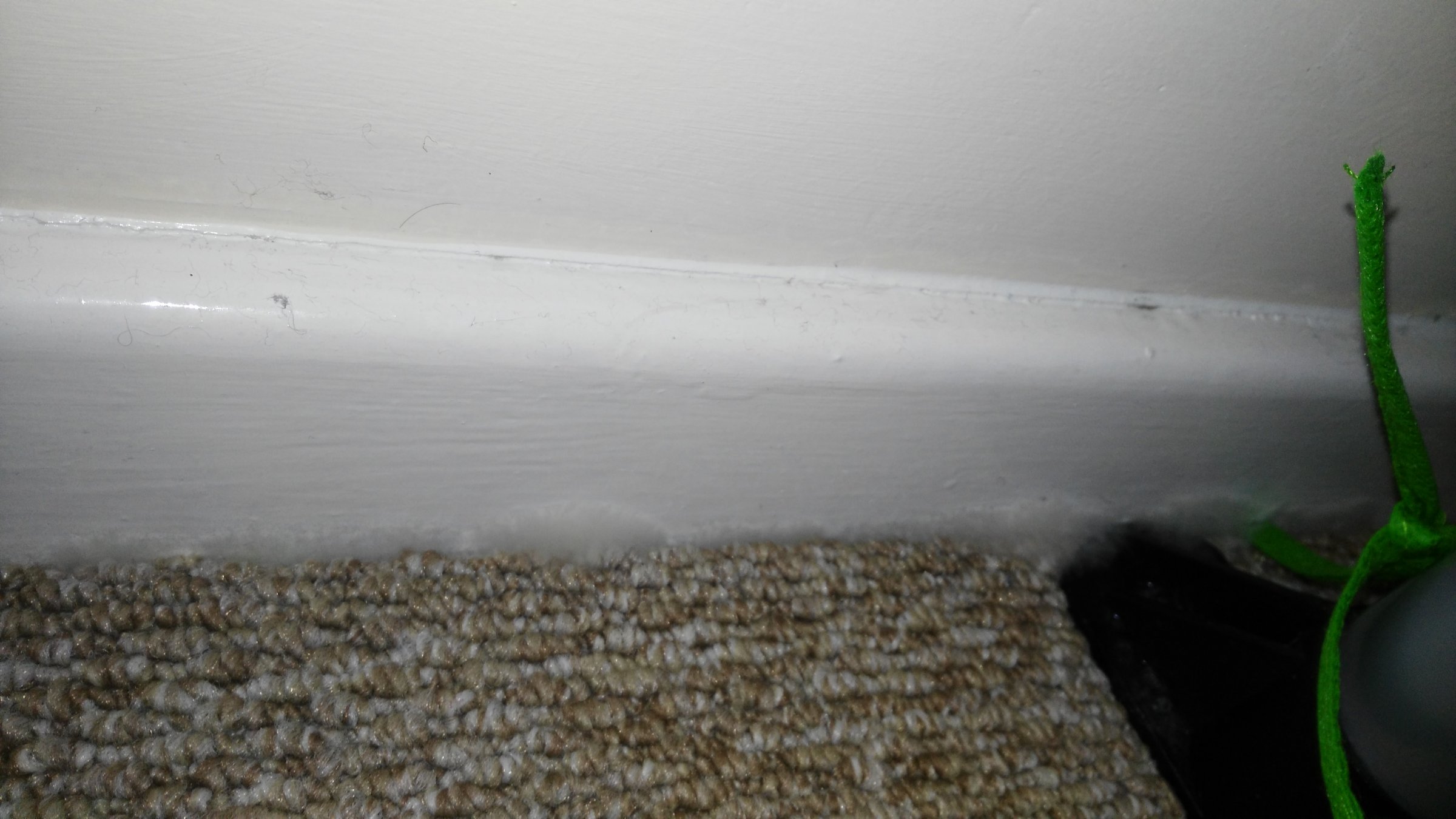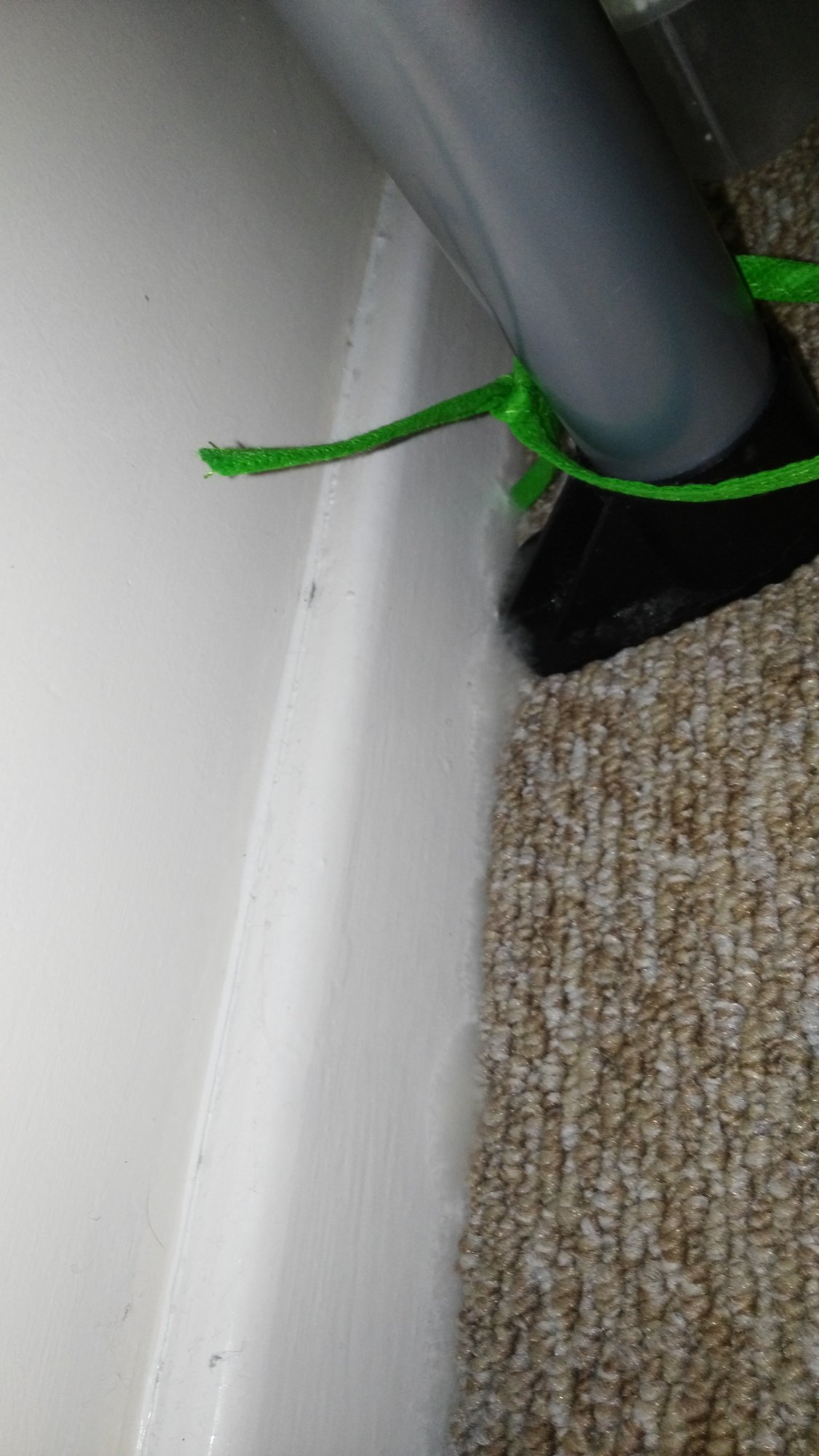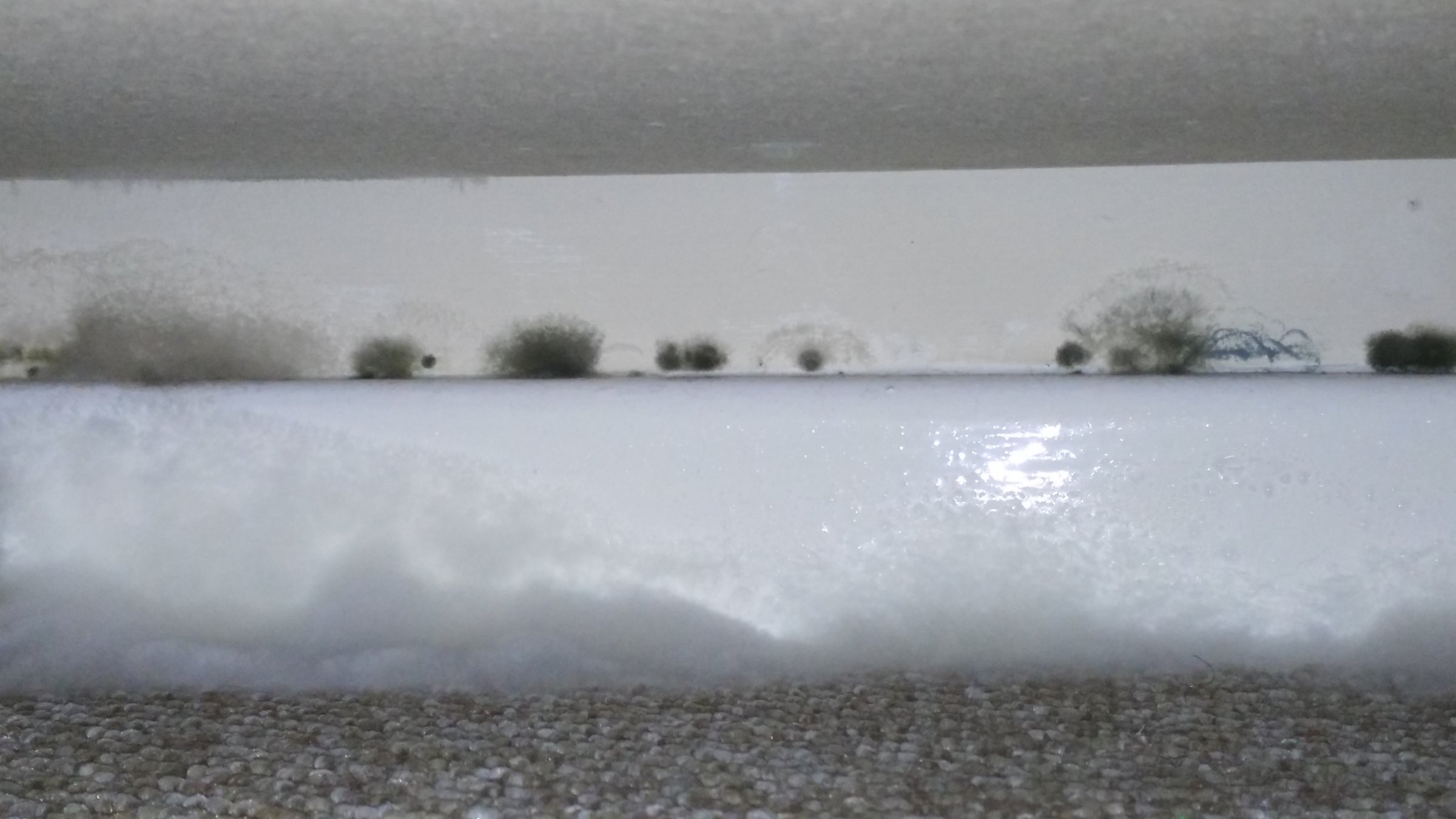Hi,
I am desperately trying to get rid of this mould (pics should be attached) but as much as I wipe and spray with treatment. It keeps returning. I vacuum all the windows and open during the day however I can't stop it.
Do I need to do some sort of treatment on the wall externally?
Any advise would be greatly appreciated as my asthmatic son is really struggling :'(
Thanks!
I am desperately trying to get rid of this mould (pics should be attached) but as much as I wipe and spray with treatment. It keeps returning. I vacuum all the windows and open during the day however I can't stop it.
Do I need to do some sort of treatment on the wall externally?
Any advise would be greatly appreciated as my asthmatic son is really struggling :'(
Thanks!









